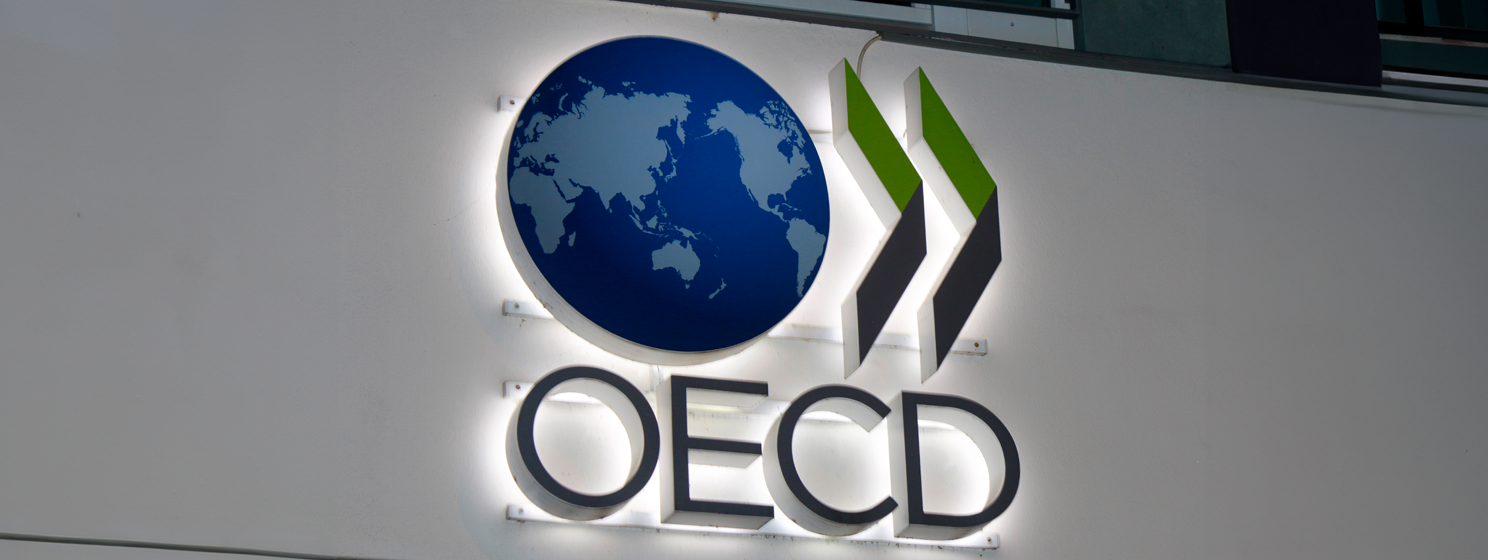|
Getting your Trinity Audio player ready...
|
The April 2024 Bitcoin halving, which reduced block rewards from 6.25 BTC to 3.125 BTC, has fundamentally reshaped the block reward mining industry, forcing miners to adapt to shrinking revenues.
As of May 2025, global mining difficulty has surged to 123T, and the hash price has plummeted to $0.049 per terahash per second, intensifying competition and squeezing profit margins. Miners are prioritizing operational efficiency, investing heavily in advanced hardware and optimizing energy consumption to survive the financial strain.
Advanced mining rigs, such as Bitmain’s Antminer S21+ and MicroBT’s WhatsMiner M66S+, are critical for maintaining profitability, offering higher hash rates with lower power consumption. These machines are essential in high-cost regions where electricity prices exceed $0.15 per kilowatt-hour. Miners in Oman and the United Arab Emirates, benefiting from subsidized rates of $0.035–$0.07 per kWh, hold a significant advantage over those in Europe or parts of North America. Energy costs, which can comprise up to 80% of operational expenses, are now the primary determinant of profitability in this post-halving landscape.
To counter these challenges, miners are relocating to regions with abundant renewable energy sources, such as Iceland’s geothermal plants or Canada’s hydroelectric dams, to reduce reliance on fossil fuels. Innovative cooling solutions, like immersion cooling, are also gaining traction, minimizing energy waste and enhancing rig performance. These adaptationsare crucial amid rising global energy prices, driven by geopolitical tensions and supply chain disruptions that have further strained profitability.
The halving has accelerated industry consolidation, with smaller miners selling operations to larger firms like Marathon Digital (NASDAQ: MARA) or exiting entirely. Publicly listed companies are scaling their hash rates through acquisitions, betting on long-term BTC price appreciation. Financial pressures are evident, with firms like Riot Platforms (NASDAQ: RIOT) selling $38.8M in BTC in December 2024 to cover operational costs, reflecting a broader trend of liquidating reserves to stay afloat.
Miners are exploring alternative revenue streams to mitigate losses. Some offer cloud mining services, allowing retail investors to rent hash power, while others repurpose infrastructure for artificial intelligence (AI) computing. These strategies, though capital-intensive, could stabilize the industry. The post-halving environment demands relentless innovation to navigate a hyper-competitive market where efficiency and adaptability are paramount for survival.
Watch: Bitcoin halving, overlay services, and more on CoinGeek Weekly Livestream AMA

 12-15-2025
12-15-2025 





